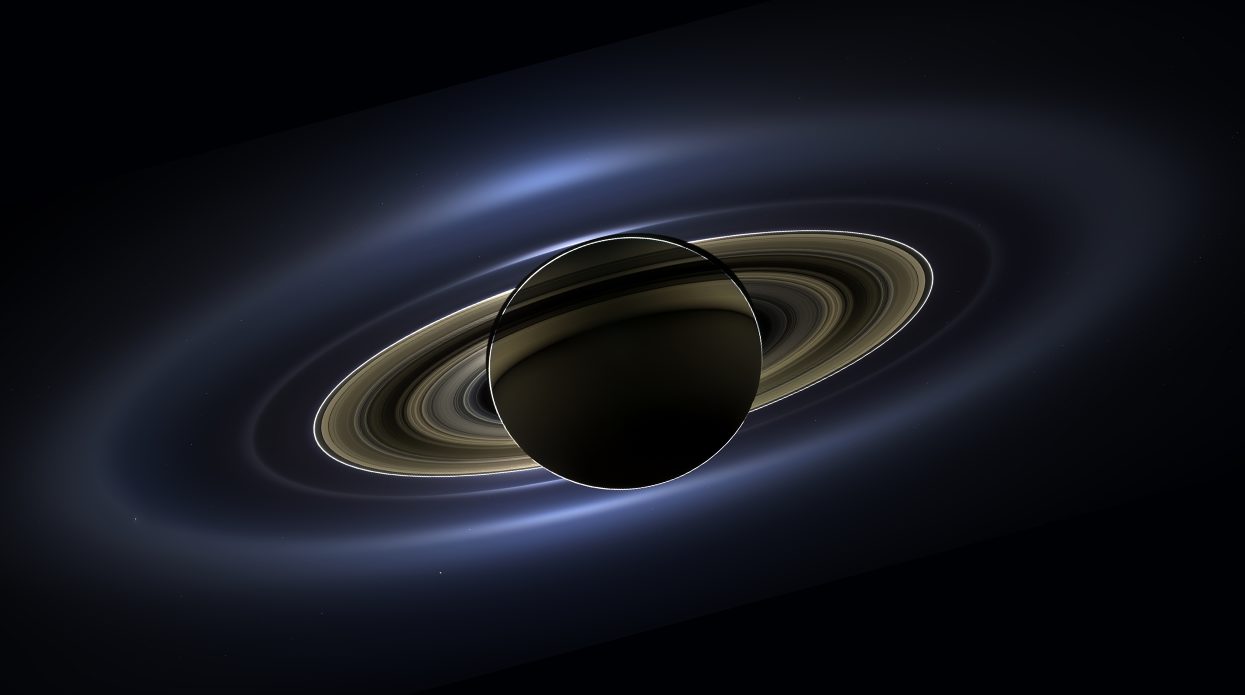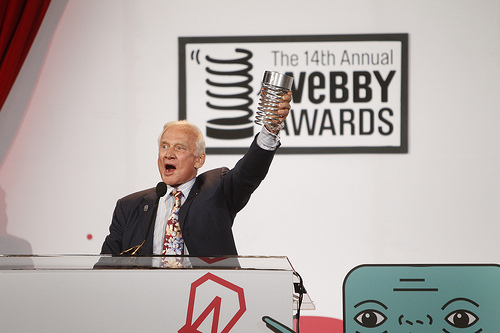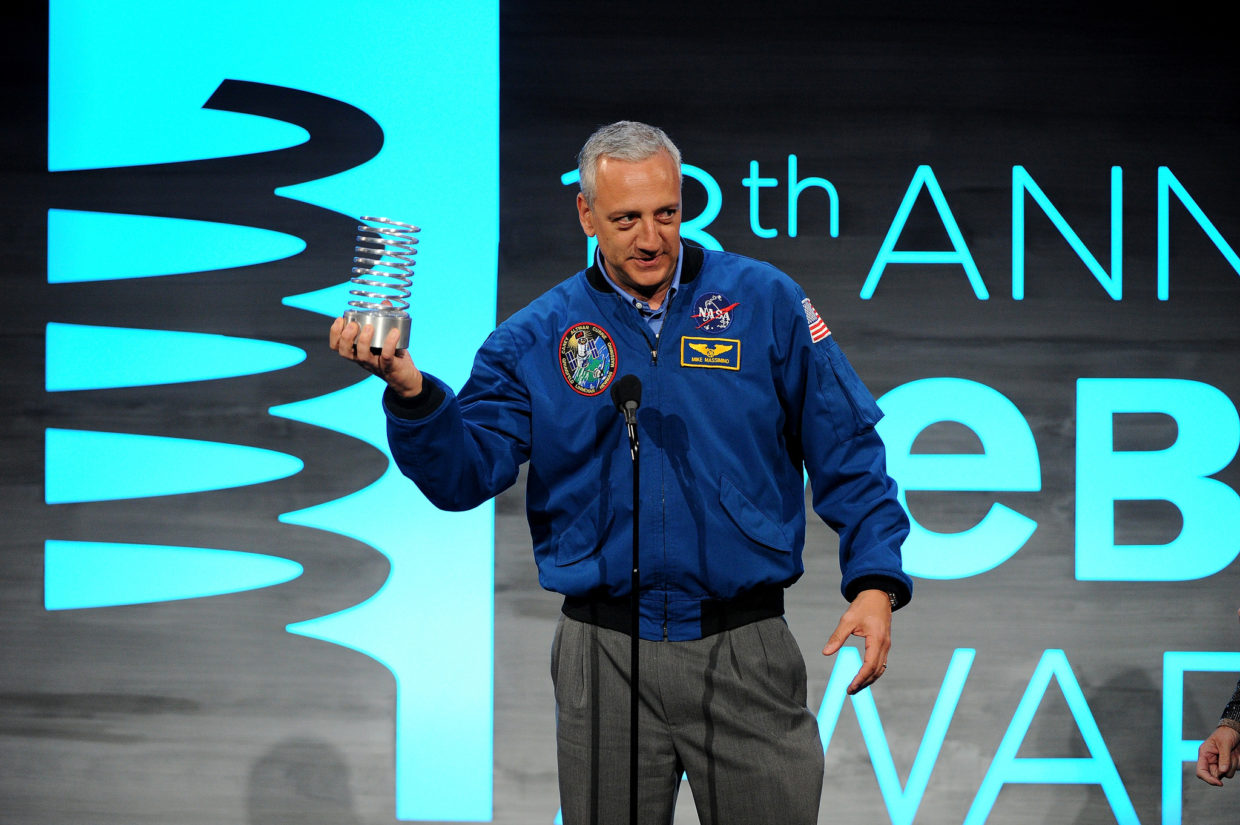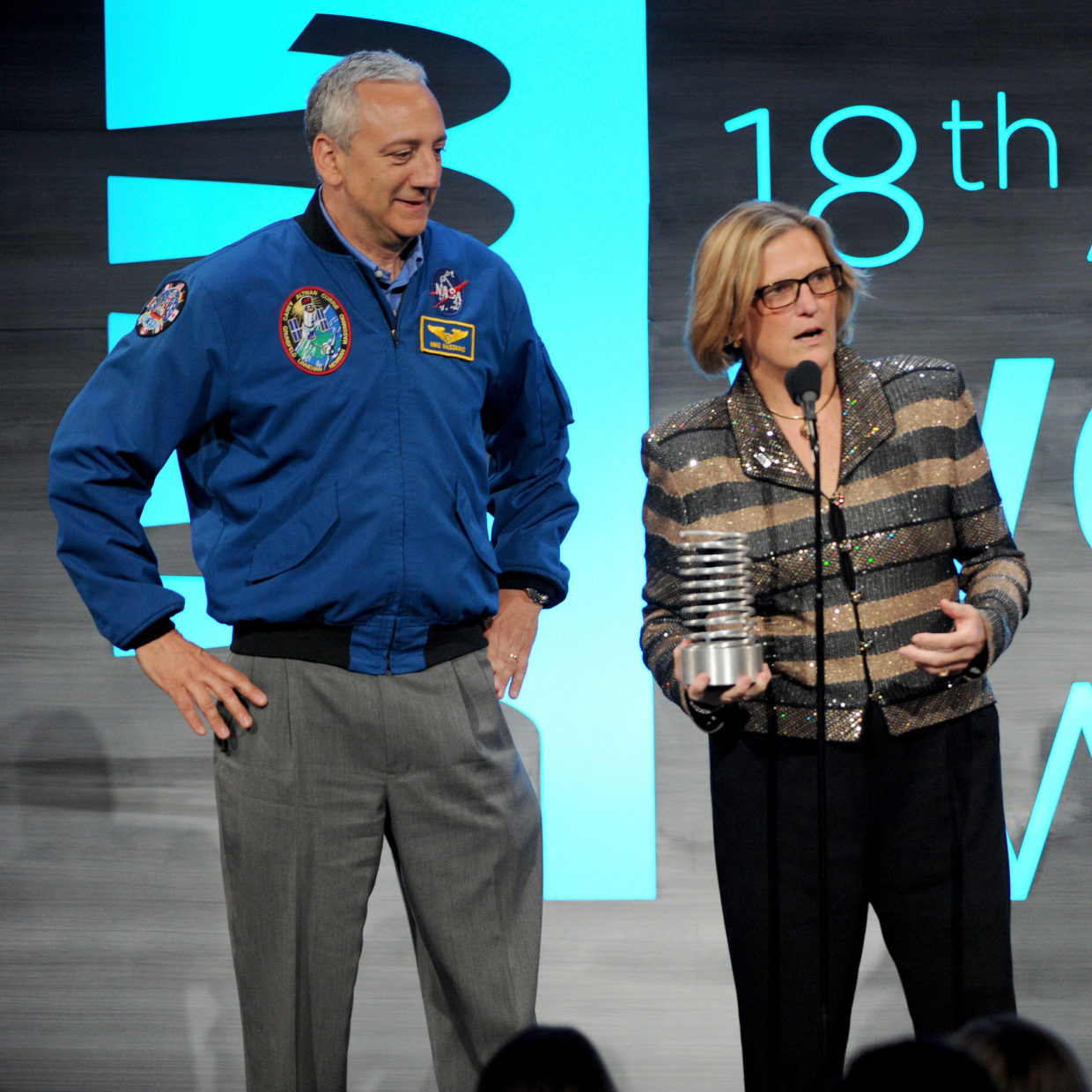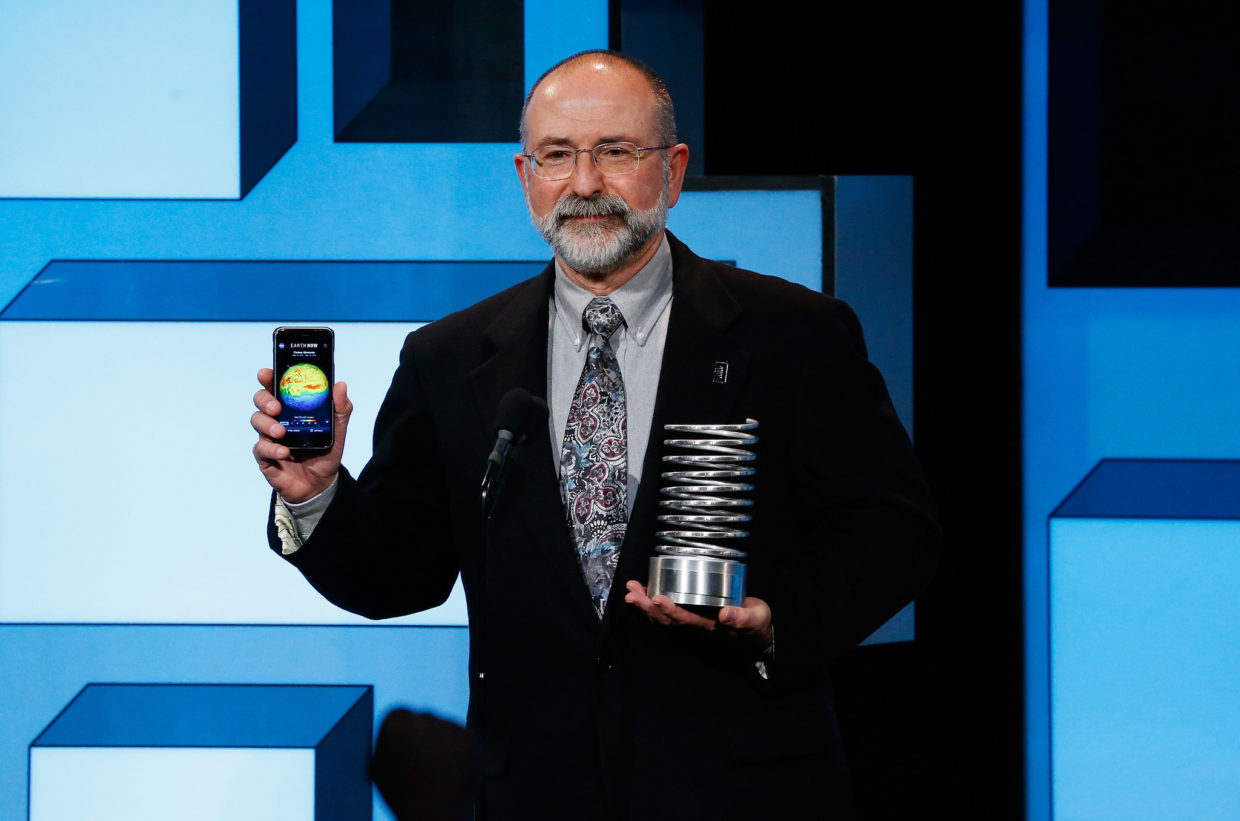To mark the launch of the 20th Annual Webby Awards, 20 of the most recognized Webby winning Internet companies including Google, Facebook, NASA, National Geographic, Pitchfork, Droga5, have created unique design projects offering their perspective on this year’s Webby trend, “The Internet Can’t Be Stopped.”
We interviewed the Internet visionaries behind each of these projects and are thrilled to kick off our first week with our long time friends at NASA’s Jet Propulsion Laboratory. NASA and the Jet Propulsion Laboratory have played an important role in our community since the early days of the Webbys, all the way back in 1999, NASA won its first People’s Voice award in Web/Science. Since then, they have been nominated and won a grand total of 29 times.
Watch
Radiolab Presents to NASA
We caught up with Jon Nelson, Manager of Online Publishing and Site Manager of NASA JPL’s Webby Winning website.
Tell us about your depiction of “The Internet Can’t Be Stopped”
There is an ever-growing number of worldwide citizens that will always be contributing to the digital space and as long as no one pulls the plug, the Internet will continue to be the source of these very valuable contributions that will shape our future.
What’s the best thing to happen to the Internet in the past 20 years?
Coming from an advertising agency background where TV has been such a tremendous marketing tool, I would say that the advancement of HD video streaming has been the best thing to happen to the Internet. A picture is worth a thousand words, but 30 frames per second is capable of so much more.
“ Voyager went interstellar before Mcconaughey”
What are you most excited for in the next 20 years of the Internet?
To see how far we can push virtual reality/3D technology and artificial intelligence. Perhaps the technology developed here on Earth can be used to send smarter robotic spacecraft further out into space and help us understand how we came to be.
Your organization has been leading the way with digital technology since the Internet’s infancy – NASA and NASA JPL have been leading the way…what advancements are you most focused on now?
There is no one digital technology that I can provide at this moment, but NASA/JPL technology has been advancing the agency’s space exploration, science and aeronautics capabilities for decades. With the rapid advancement of digital technology, NASA/JPL continues to improve our ability to access and travel through space; land more mass in more locations throughout the solar system; live and work in deep space and on planetary bodies; build next generation air vehicles, and transform the ability to observe the universe and answer profound questions in earth and space sciences. Most importantly, NASA/JPL technology development supports the nation’s innovation economy by creating solutions that generate tangible benefits for life on earth.
“ No more jokes about Uranus”
Tell Us in 5-Words why the Internet can’t be stopped
The Universe holds many secrets.
Don’t forget you can watch all the highlights from the 20th Annual Webby Awards now!

On July 19, 2013, in an event celebrated the world over, NASA's Cassini spacecraft slipped into Saturn's shadow and turned to image the planet, seven of its moons, its inner rings -- and, in the background, our home planet, Earth.
The image is featured on NASA/JPL's 20th Annual Webby Awards Call for Entries Poster.

